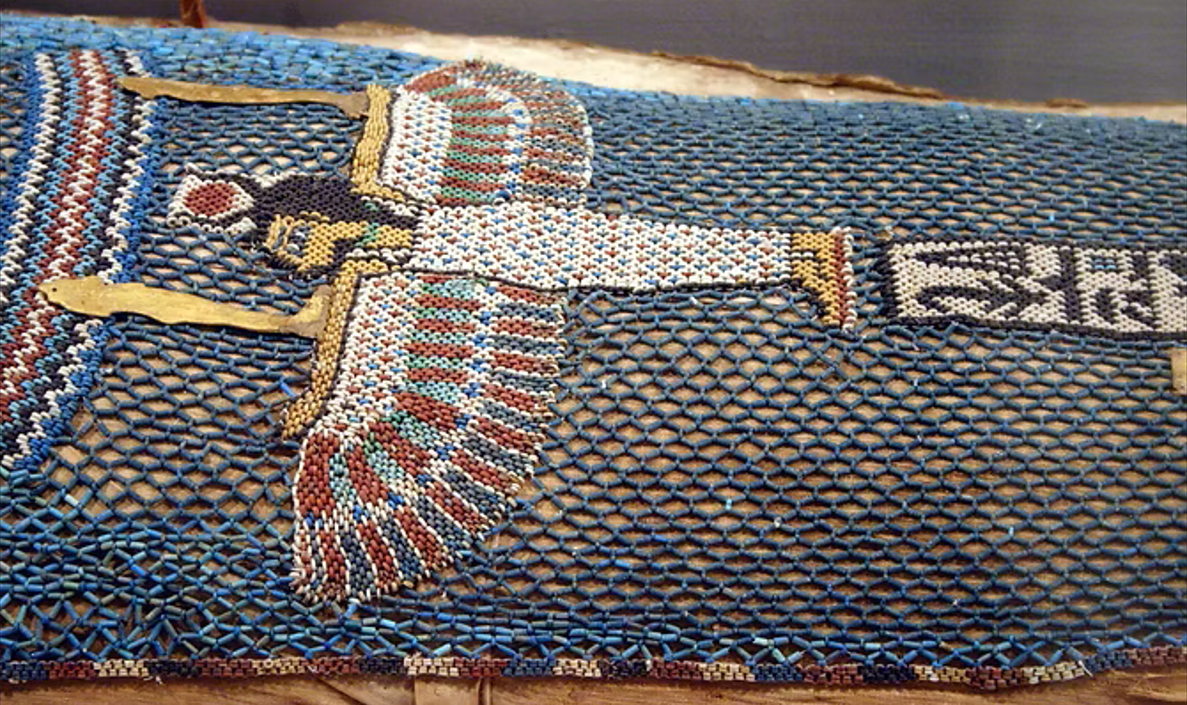Starting to Talk About Beads!
Image Features 4mm Rose Quartz, Phosphosiderite Rondelles and 6mm Flower Agate from our storefront.
It took a little while for me to decide how I wanted to begin this blog and how we, the Blueberry Beads team, should share our passions and interests with you and also show off all the new things that we’ve got both in the store and online. Very often we get folks asking questions about different types of beads, findings and materials that are used to make beads into jewelry or decoration. It’s important to know what sort of items are out there to help you be successful when beading and that’s how the ‘Let’s Talk About It!’ series began to take shape.
I will do my best to explain the differences between certain findings and materials to give you a better understanding of not only what products are available but what might be the best thing to use for your projects. Talking about all the things that go into beadwork can be nearly as important as doing the beading!
8mm Lapis Lazuli Beads from our storefront!
Ostrich Shell Beads
Image Taken from the Code of the Hidden Bead — British Museum Publications
I love learning new things, particularly about the things I’m interested in. Knowing more about beads helps me feel closer to my craft and inspires me to try things that are new to me, even if they’ve been around for a long time and beads have been around for thousands of years. The earliest beads were crafted from things like seeds, and shell, including ostrich shells! The first glass beads were crafted 35,000 years ago in Egypt and Mesopotamia. Egypt was also the first place where woven beadwork was first found. Most of the techniques were based on netting and brick stitch. (Ref: Here)
Probably the earliest true form of glass bead is drawn glass. Seed beads are the most common version of drawn glass. Making drawn glass beads entails inserting a hollow metal tube into a ball of hot glass and pulling or drawing the glass around it, to form a continuous glass tube. The drawn tube was then chopped into individual beads. The edges of the beads were rounded by heating them in a kiln or rolled in hot sand. They were then sorted into sizes and strung onto a hank to be sold.
Netted and Brock Stitch beadwork. Image ref: Here
Glass winding diagram from Glassworking Ancient and Medieval Textbook
One of the more well known methods for crafting beads is modernly known as lampworking. Where rods of glass are heated and melted onto a metal dowel coated in a non-stick material. The glass is shaped by using a series of movements or molds. This is one of the most popular artisanal ways to make glass beads and the oldest! The earliest verifiable lampworked glass is probably a collection of beads thought to date to the fifth century BCE! (Fact Ref: Here )
AAA Grade Moonstone from our storefront.
Hopefully you enjoyed reading a few facts about the history of beads. There are so many fascinating things to learn and I hope that this inspires you to dig a little deeper and perhaps use some ancient techniques to make something new.







